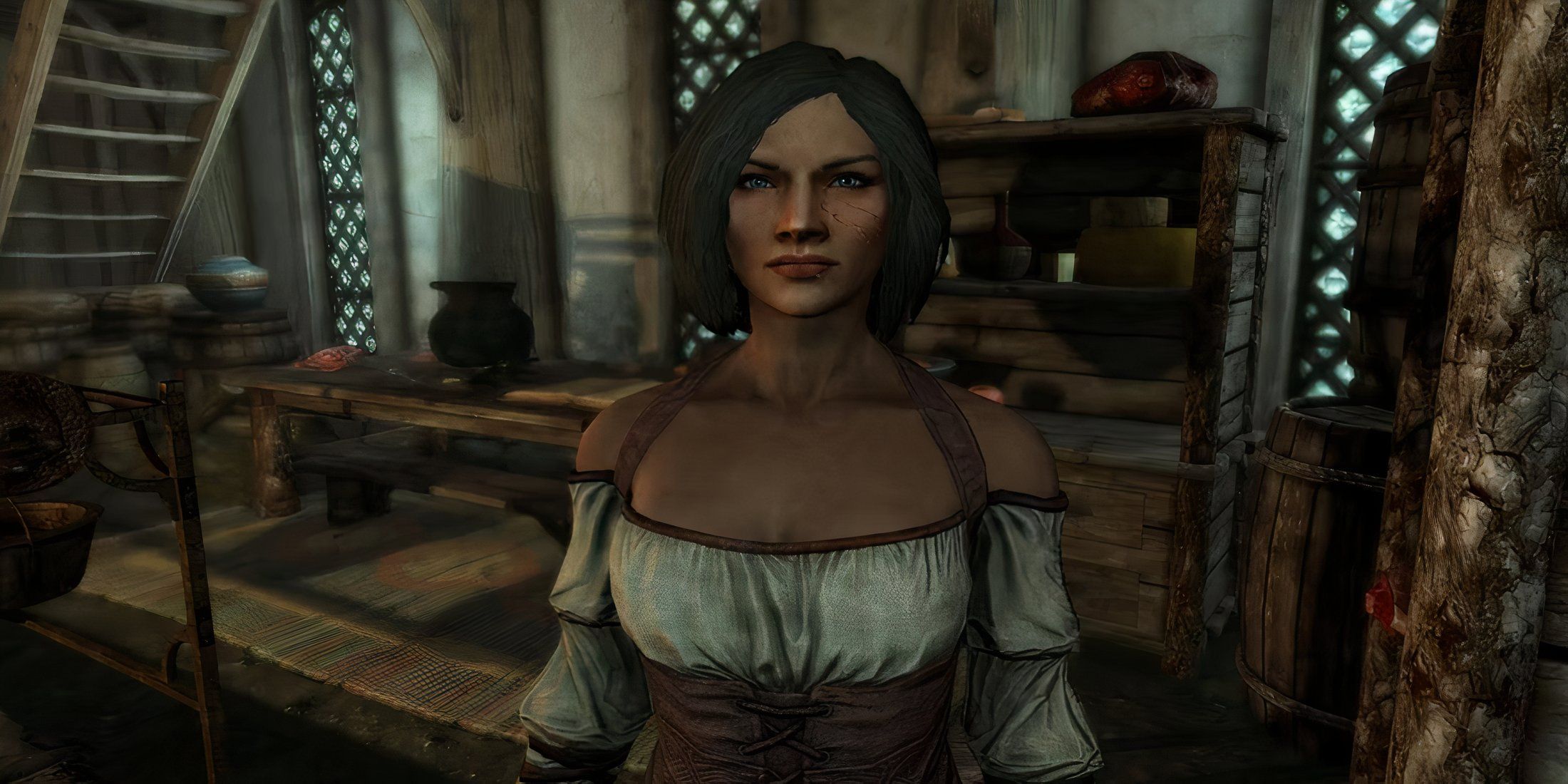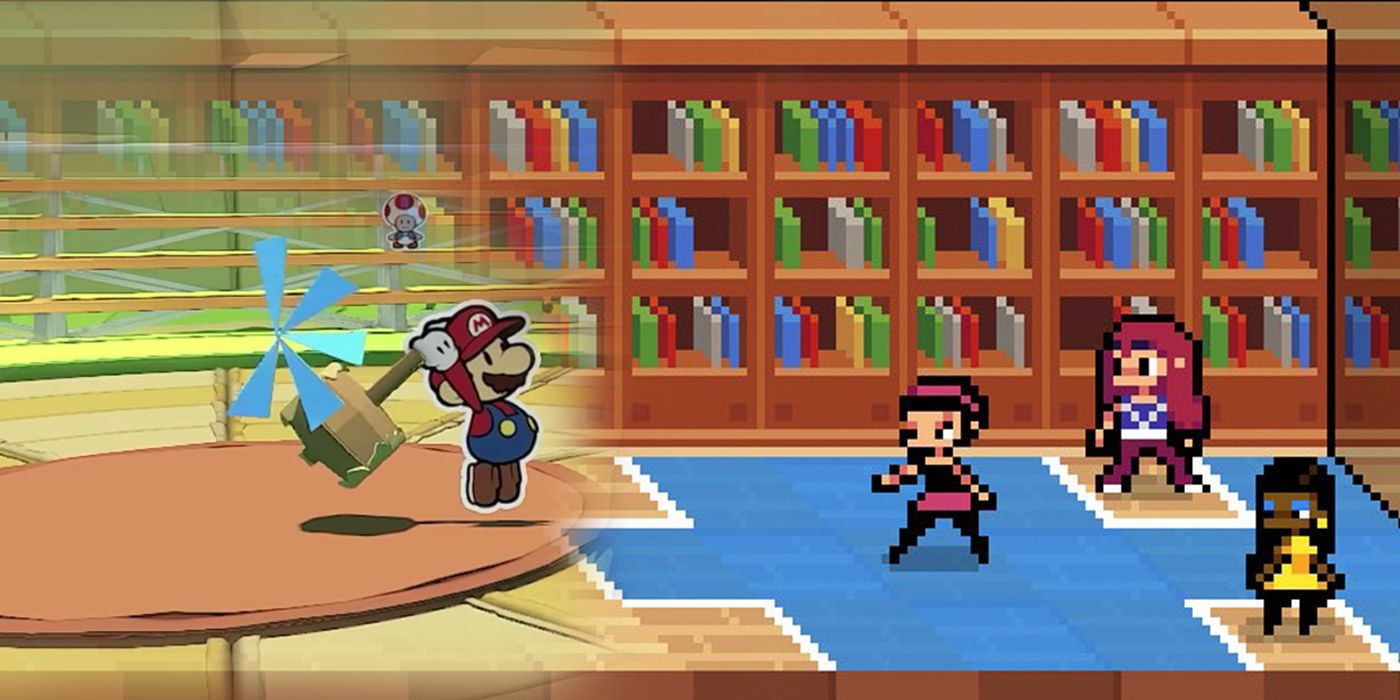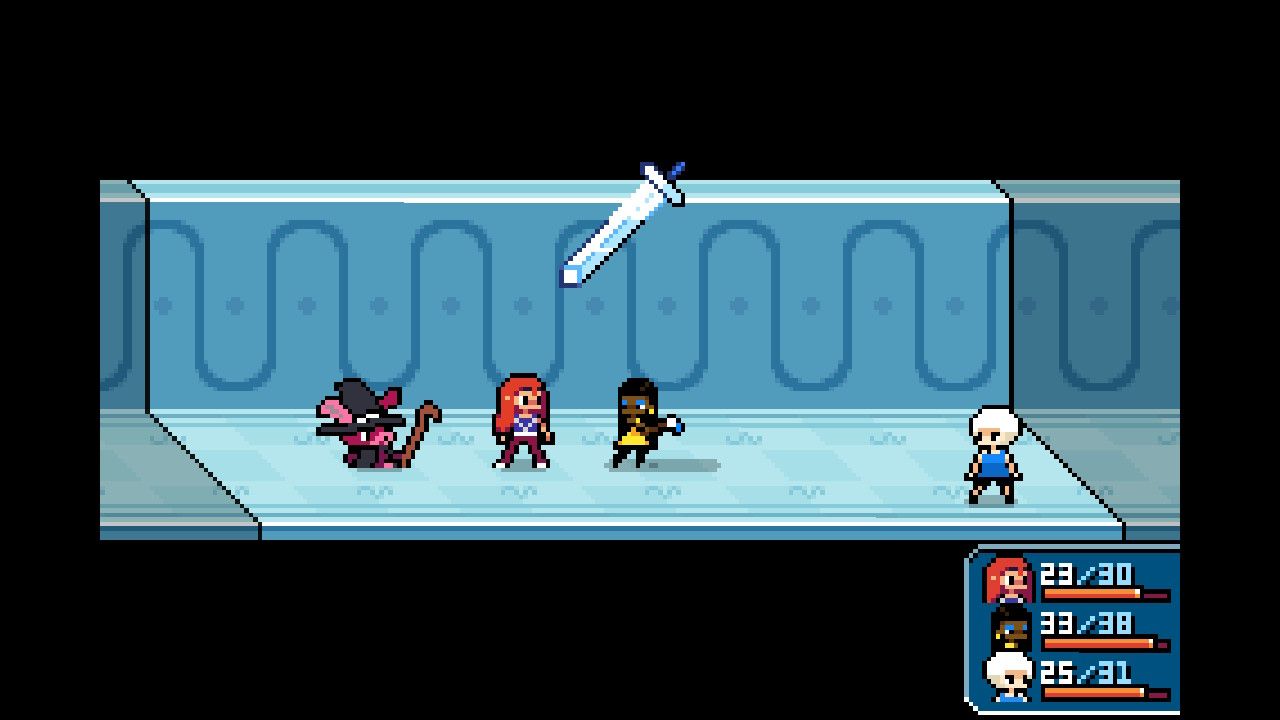Paper Mario: The Origami King was controversial because fans lamented its continual drift away from the turn-based RPG style of N64's Paper Mario and GameCube's The Thousand-Year Door. Those games strip away the high number values and random encounters of series like Final Fantasy, while utilizing action commands to engage players. Despite this, Paper Mario series producer Kensuke Tanabe said it's necessary to change combat every game, and with that in mind Ikenfell offers an interesting perspective on how to evolve the original formula fans love.
Ikenfell is an indie game released earlier this week that follows Maritte as she sneaks into a magical academy to find her sister who did not come home for the summer. Maritte teams up with her sister's friends to figure out why ordinary folks like her are developing previously-unknown magical abilities as monsters run rampant. It's a charming, fun game, and one reason Ikenfell shines is its combat.
The six playable characters in Ikenfell have niches because the universe's rules dictate each person has one specialty: Maritte uses fire magic, Pertisia uses glass magic, etc. These specialties branch into eight spells that have unique effects; be they dealing damage, setting traps, or altering stats; but all are used via action commands. Paper Mario did not invent the action command system, in fact they are seen in Square's Super Mario RPG and AlphaDream's Mario & Luigi series too, but games like The Thousand-Year Door have perhaps the most well-known usage.
Action commands ask players to perform timed actions in order to boost damage when attacking, or reduce damage when defending. Ikenfell's use falls in line with the Mario & Luigi games in that players have one dedicated button press, but it's also reminiscent of Paper Mario in that the "minigame" differs by spell. Attack categories in Ikenfell may ask players to act when the move strikes, or when an expanding ring hits maximum size. Paper Mario used commands like hitting buttons on beat, or holding the analog stick back.
Ikenfell offers three levels of action command success: Total failure means a move will do minimum damage or not activate; "nice" means players succeed but weren't perfect; and "great" means moves have better power while additional effects last longer. Defending is the inverse. However, the real secret sauce that elevates Ikenfell above its predecessors is the turn-based tactical mechanics.
Battles take place on narrow hallways, visually similar to Mega Man Battle Network or Kingdom Hearts: Chain of Memories on GBA. However, units' movements are limited on the tiled board ala Final Fantasy Tactics or Fire Emblem, and characters can impeding one another's range or inflict friendly fire with area of effect attacks. There are further variations to movement, such as lightning witch Gilda being able to teleport behind enemy lines.
Whereas Paper Mario keeps everyone in static positions, the relative freedom of movement in Ikenfell is like chess — especially given spells affect varying tiles around the caster. The ability to choose which three characters enter each battle further compounds strategic potential compared to games like The Thousand-Year Door, where some of Mario's partners have advantages over certain enemy types but mostly stand out in overworld puzzle solving.
The potential of Ikenfell's combat can be seen in an optional boss called the Codexus. It unique in that it actively pushes players against the far wall and calls lesser monsters from relative safety. There are many possible "solutions" to every fight based on team composition, but a good meta strategy is using Gilda's far-ranging Beam attack in conjunction with Maritte's Emberpower that creates strength-boosting nodes on every lane. The boss' pattern essentially facilitates a tactical tower defense game.
While Ikenfell's combat may be a big draw for players, despite it occasionally dragging, the game shines brighter than Nintendo through its accessibility options. Players can lessen action commands so they only provide bonuses and cannot be failed, or deactivate them completely. There's even an option to secure immediate victory if players would prefer to just see the story, or if physical timing is more difficult due to something like a neurodegenerative disorder.
Ikenfell is available now on PC, PS4, Switch, and Xbox One.





